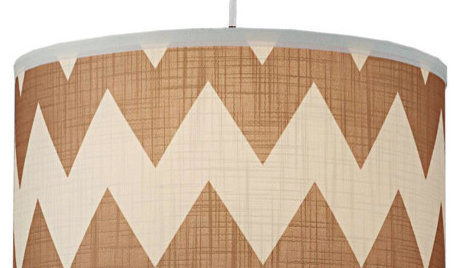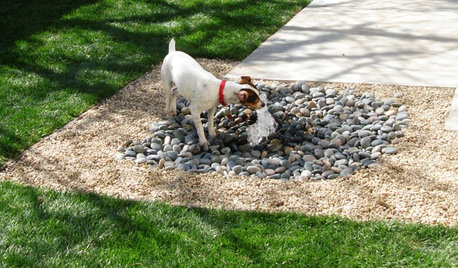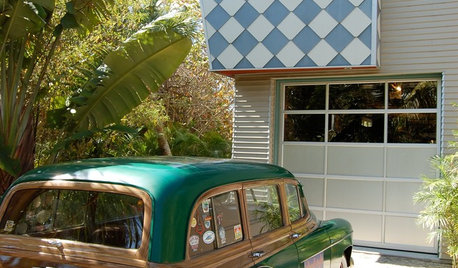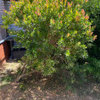Diversity is here to stay
Robert_NSW
17 years ago
Related Stories

KITCHEN DESIGNSurvey Results: Kitchen Trends That Seem Here to Stay
More than a third of respondents in Houzz’s annual kitchen trends report now have the means to remodel. Here’s what else they told us
Full Story
PRODUCT PICKSGuest Picks: Chevron — Is It Here to Stay?
Whether you zig or zag, one of these 20 picks in the pattern is sure to fit your style
Full Story
MOST POPULARIs Open-Plan Living a Fad, or Here to Stay?
Architects, designers and Houzzers around the world have their say on this trend and predict how our homes might evolve
Full Story
LIFEYou Said It: ‘We’re Here to Stay’ and Other Houzz Quotables
Design advice, inspiration and observations that struck a chord this week
Full Story
HOME TECHShow Off Your TV: Electronics are Here to Stay. Why Hide Them?
Take Advantage of Your Flat Screen's Sleek, Contemporary Look
Full Story
REMODELING GUIDESThe 2013 Best of Houzz Badges Are Here!
Watch for profiles sporting this honor, which goes to professionals with the most popular design work and top ratings
Full Story
KITCHEN CABINETSChoosing New Cabinets? Here’s What to Know Before You Shop
Get the scoop on kitchen and bathroom cabinet materials and construction methods to understand your options
Full Story
PETSHere’s How to Show Your Pet Even More Love
February 20 is Love Your Pet Day. Find all the ideas and inspiration you need to celebrate right here
Full Story
LIFERelocating? Here’s How to Make Moving In a Breeze
Moving guide, Part 2: Helpful tips for unpacking, organizing and setting up your new home
Full Story
MOVINGRelocating? Here’s How to Make the Big Move Better
Moving guide, Part 1: How to organize your stuff and your life for an easier household move
Full StoryMore Discussions




User
artiew
Related Discussions
Warm Weather Here to Stay
Q
Oriole returns and here to stay:)
Q
Farm dining tables...fad or here to stay?
Q
A roll call, who is still here and staying after the "upgrade"?
Q
popi_gw
nathanhurst
Frank_S
Robert_NSWOriginal Author
artiew
gregaryb
Robert_NSWOriginal Author
nathanhurst
Robert_NSWOriginal Author
nathanhurst
Robert_NSWOriginal Author
nathanhurst
artiew
roysta
Robert_NSWOriginal Author
nathanhurst
Robert_NSWOriginal Author
gregaryb
Frank_S
trish_g
roysta
Robert_NSWOriginal Author
nathanhurst
Robert_NSWOriginal Author
wazcrazy
trish_g
Frank_S
ccdry
Robert_NSWOriginal Author
cestrum
trish_g
koeksoetie